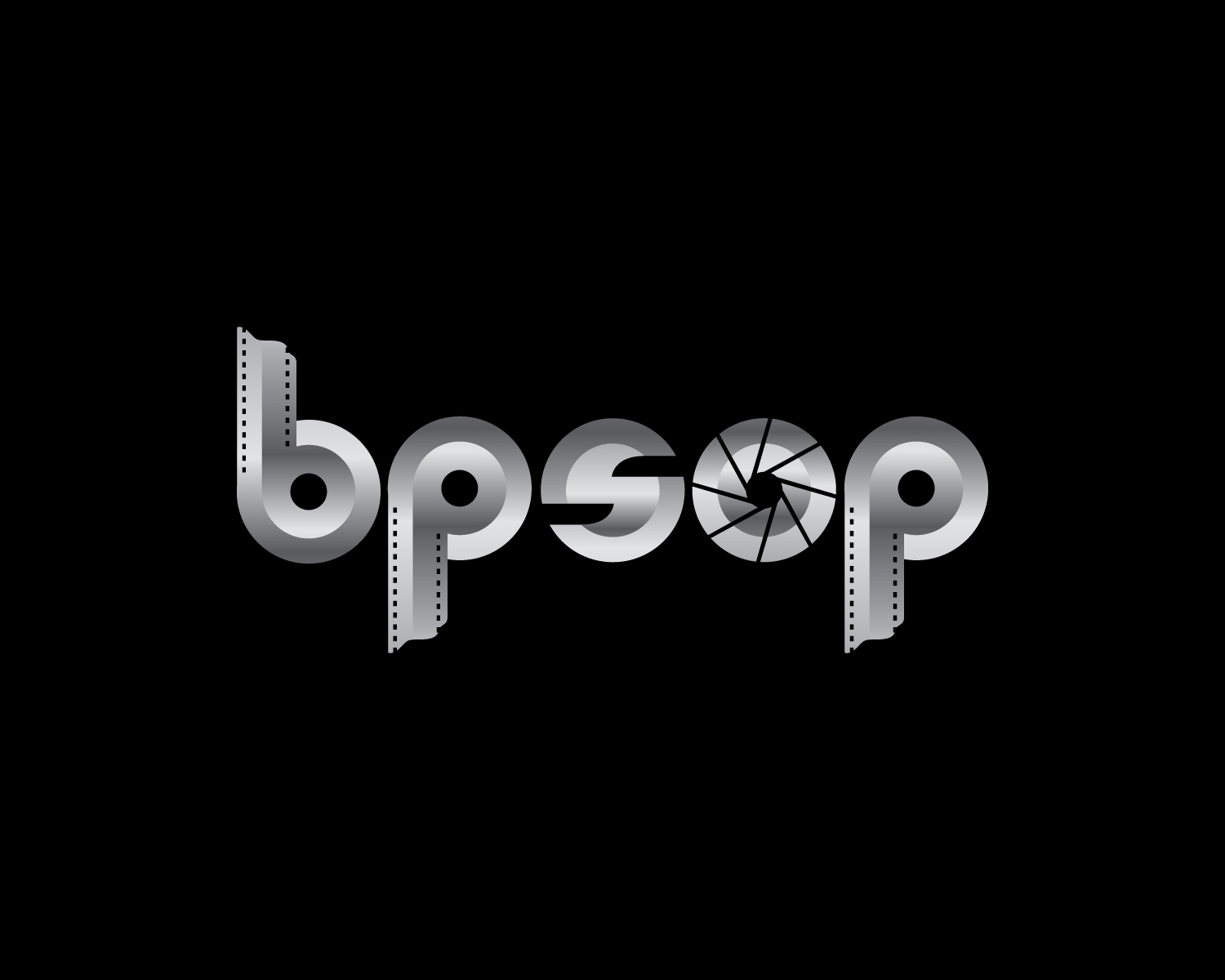BRACKETING IN THE MANUAL MODE:
Since I’m from the old School of Photography, you know the one, the school where you learned to do things “in the camera” and as a result, became a good photographer…I did my own ‘bracketing’.
Now, in the digital age of photography, the ‘powers that be’ decided to help out and made it so that the cameras and computer could do the work for you…that is if you remember to do it. The problem with that is that it’s not always in your best interest.
Notwithstanding, the important fact that you won’t have a clue as to what your camera is doing, and if it’s doing the right thing at the time.
I digress.
First, let me go back to the very beginning, as in the definition of ‘bracketing’. I know a lot of you will find it hard to believe, but there’s a lot of photographers out there that have no idea what I mean by ‘bracketing’.
Without further qualifications, Wikipedia’s definition of bracketing usually refers to exposure bracketing: the photographer chooses to take one picture at a given exposure, then one brighter, and one darker, in order to select the most satisfactory image. Technically, this can be accomplished by changing either the shutter speed or the aperture. That is if you’re shooting a subject or a landscape where the Depth of Field isn’t critical.
If the Depth of Field is important, you just want to bracket the shutter speed, and if the shutter speed is important, then you bracket the aperture.
The point is to give yourself exposure options.
Ok, here’s an example:
You’re set up (hopefully on a tripod) to take a picture of a father and son fishing on a nearby lake. It’s a few minutes after sunrise, so the light coming from the sun is oblique, low to the horizon, and very delicate.
The camera tells you that the exposure is 1/60th of a second at F11. If you were to only take that one exposure, the odds of your picture looking good are very small. Vegas wouldn’t take that bet.
So, to make sure you’ve got it “in the can”, you ‘bracket’ the exposure the camera gave you. You take the reading 1/60th at F11, and you change it to:
(I bracket in full stops. Anything less is usually negligible.)
1/60th at F8
1/60th at F5.6
1/60th at F4
160th at F16
These would be the settings to overexpose (brighten) the picture if you wanted to make sure it didn’t come out too dark. If you notice, there is only one bracket that’s under-exposed from the reading of F11; that would be F16.
The reason is that the light is so low and delicate, one stop underexposed will be more than enough to cover you.
Ok, another scenario:
You’re set up with the same father and son, only this time it’s later in the afternoon when the sun is higher in the sky. Now, the light is much harsher and you don’t need to worry about your picture coming out too dark. You worry about it being too bright and washed out.
You take a reading and the camera tells you that the exposure is 1/250th of a second at F8.
Now, you want to bracket more on the underexposed side of F8, so your brackets are:
1/250th at F11
1/250th at F16
1/250th at F22
And one-stop overexposed at 1/250th at F5.5
You won’t have to worry about your photo being too dark, only too bright.
The reason I do this manually is that if I were to set the camera to bracket automatically, it won’t know about the softness of the light. It’s going to bracket the same way all the time.
Over the years of bracketing, I can feel, sense, see, and read the light and know instinctively what to do.
If you take all the brackets and put them side by side on your monitor, you can see the differences. You’ll be able to know which exposure looks the best whether it’s the ‘ON’ exposure or some bracketing variation.
You do this enough times and you’ll begin to understand exposure and also begin to master the light.
It’s about being a well-rounded photographer that understands the light because, in all my classes, I always tell people that “LIGHT IS EVERYTHING”.
BY THE WAY, The last thing you want to do is to change the bracketing sequence all the time. Especially when you have only seconds left of “drop-dead gorgeous light”.
That’s just not a good idea. Do you really want your camera to be in charge of how your photos turn out? I would rather be a good photographer than a good digital technician or computer artist….or know all the programs the camera has to offer.
To be honest, I have no idea what some of these programs, settings, buttons, and stuff does. I never use any of it and my photos still come out ok.
Imagine being a really good photographer, capable of creating great images in the camera…then using your lightroom/photoshop skills to enhance an already great image. That’s all you’ll need is a little ‘tweak’…at some point, you won’t need anything!!!!!
To me, it’s a win-win scenario.
BTW, you know what they say, “Everyone’s a photographer until they try to shoot in the manual mode”.
JoeB

